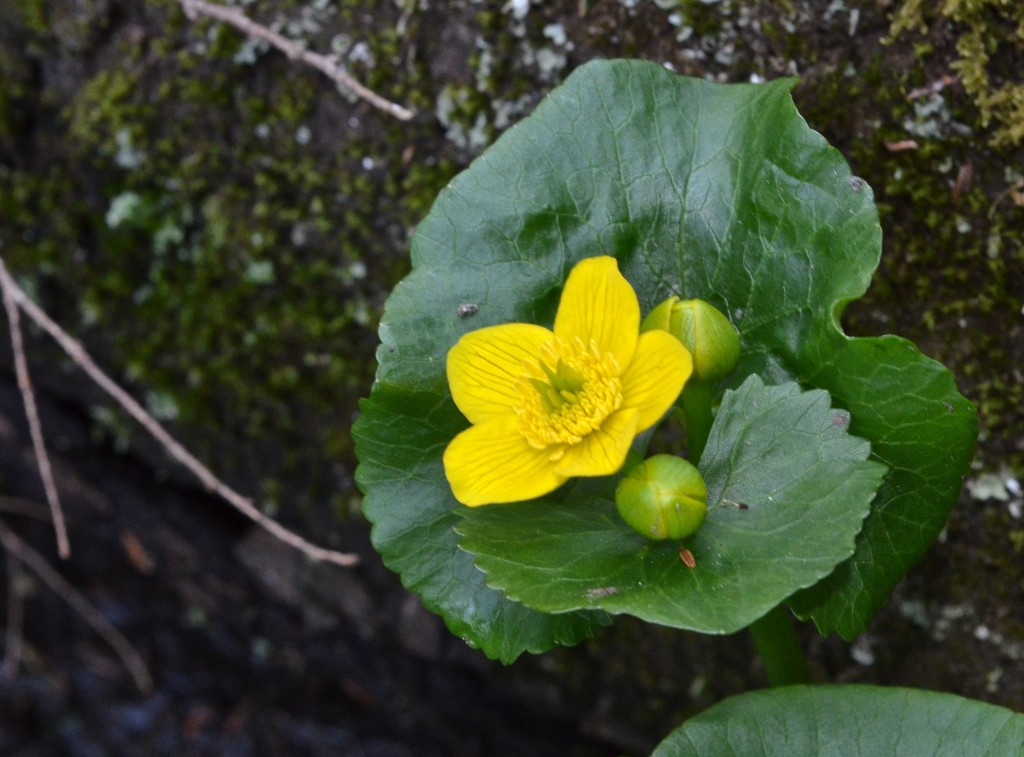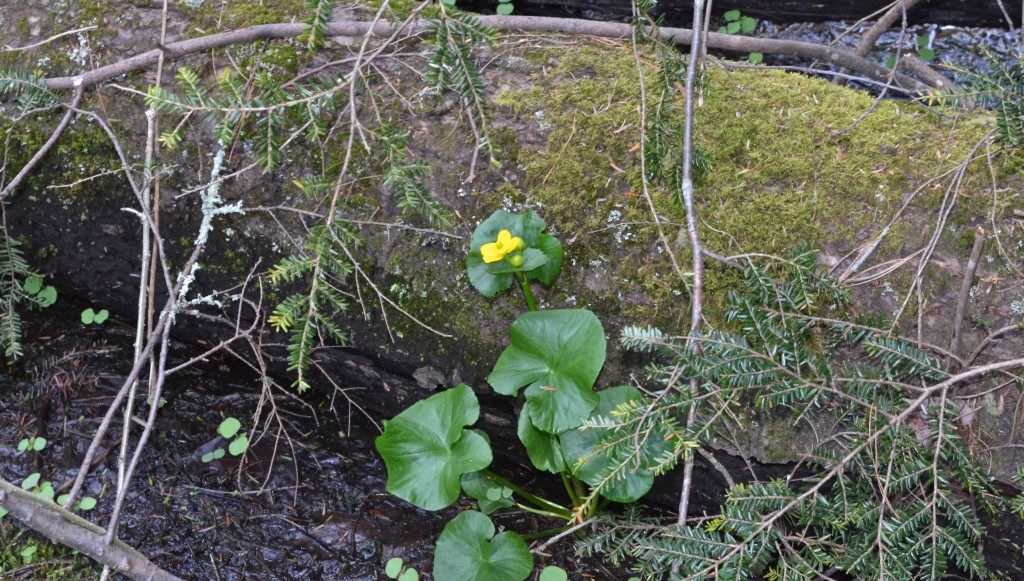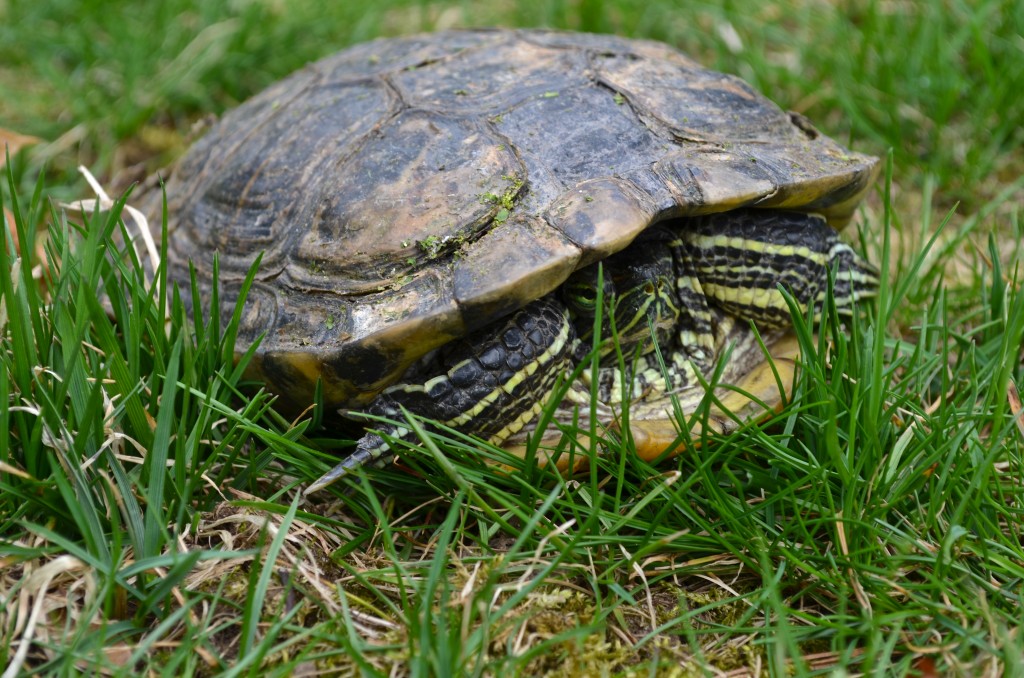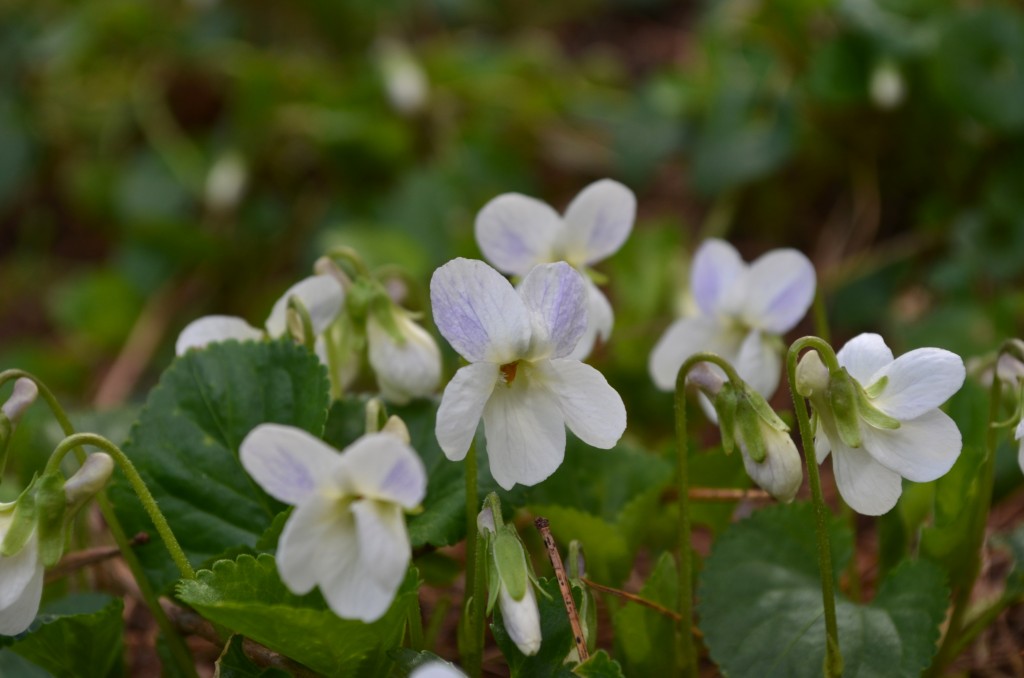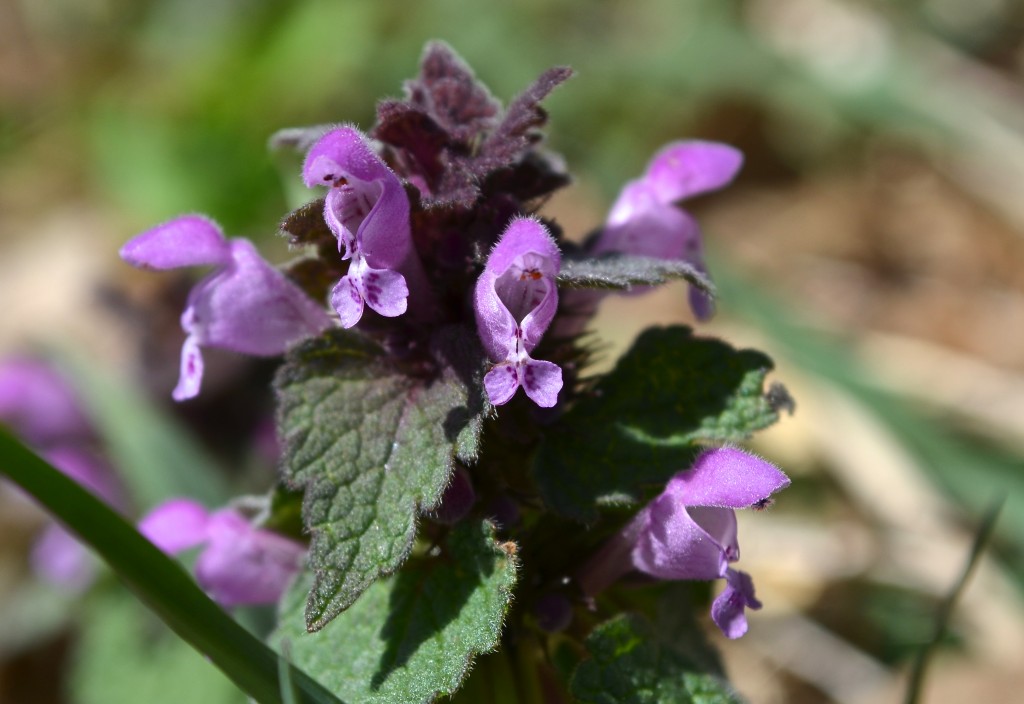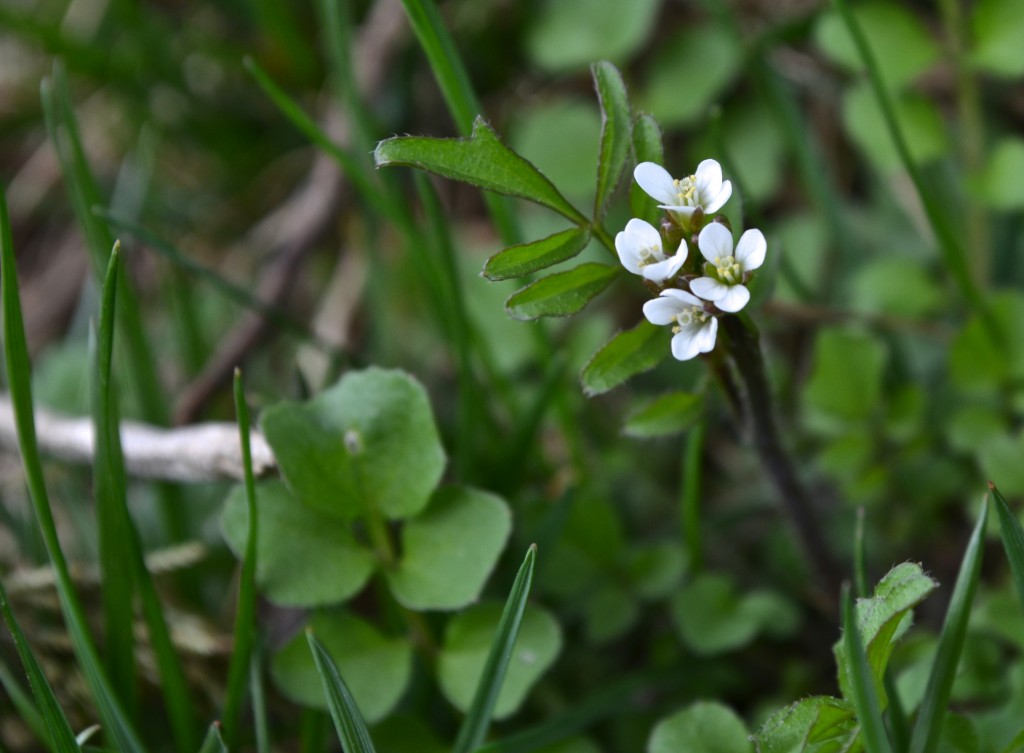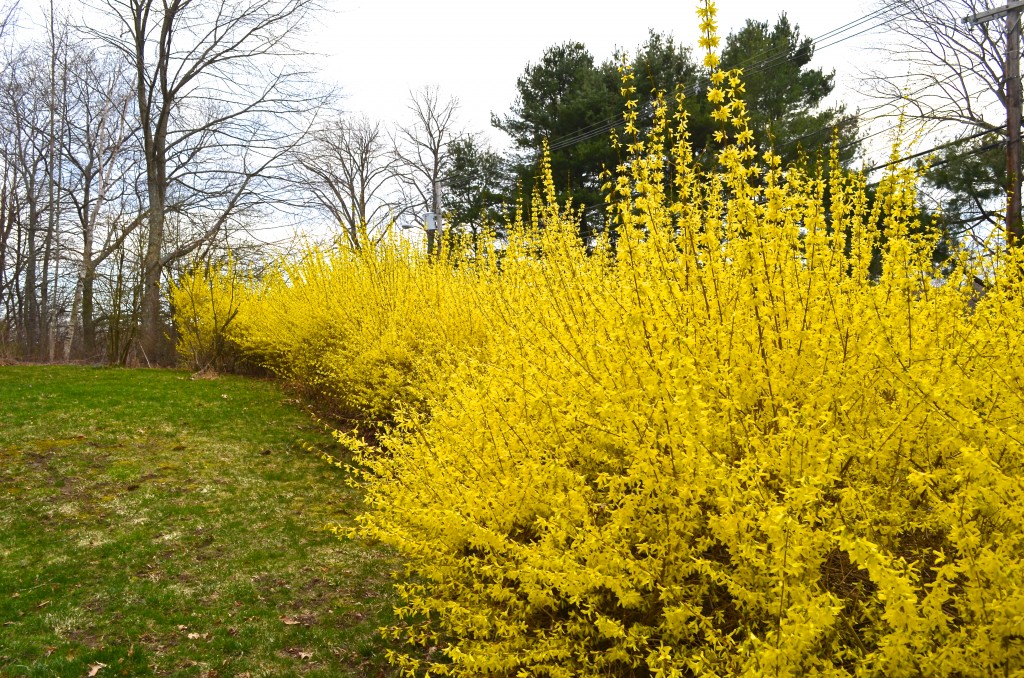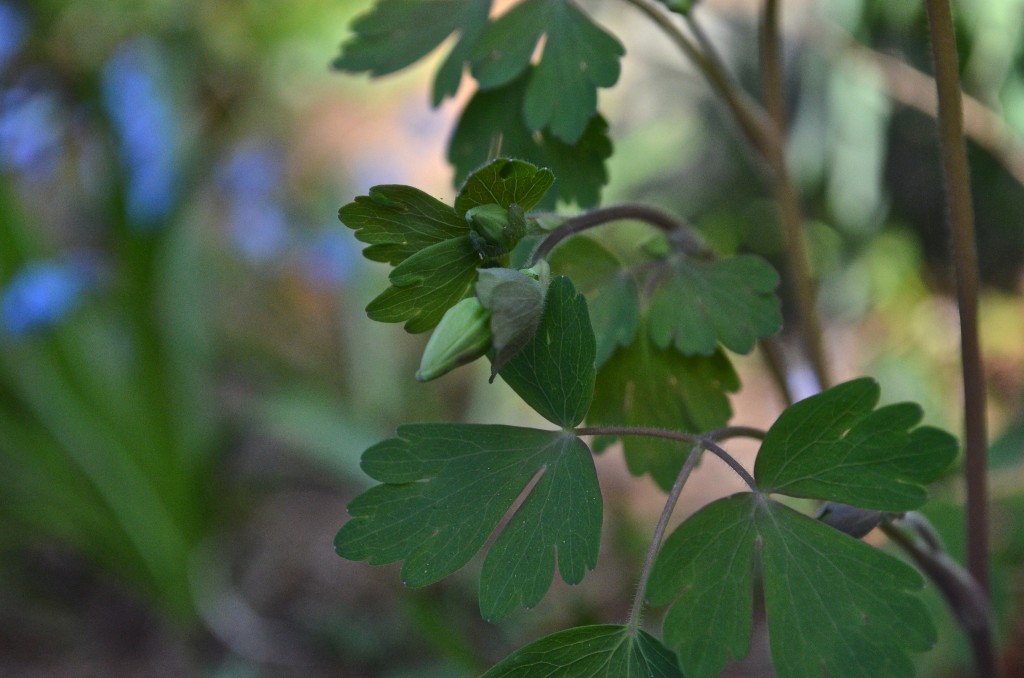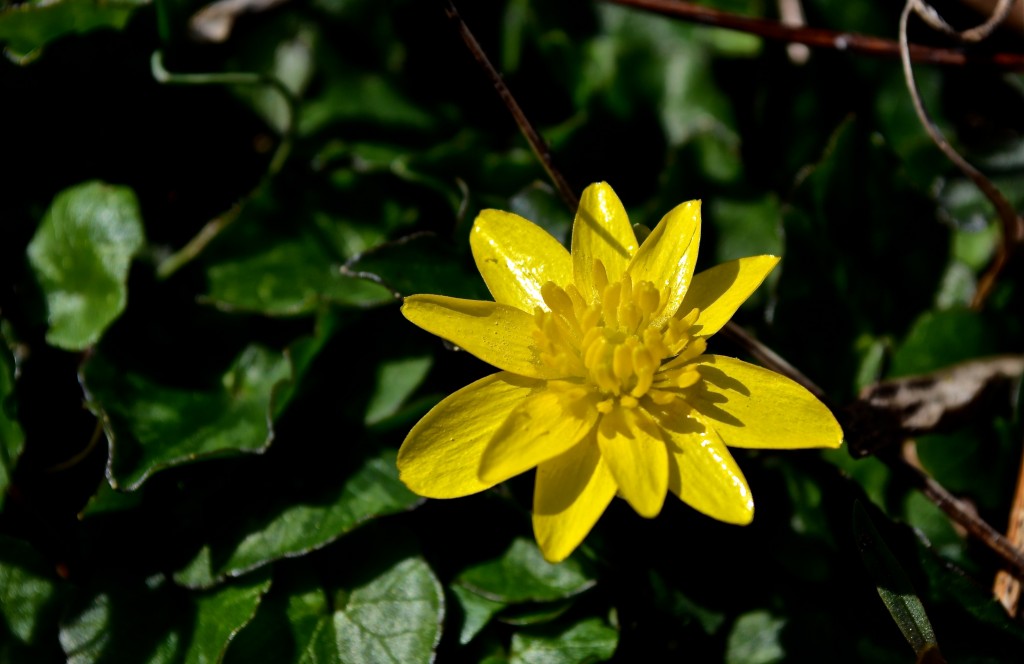 I just want to digress for a moment from wildflowers to the task of living in the world. Yesterday was the running of the Boston Marathon. The day before that, they held a 5 K race that loops around downtown Boston and everyone gets to cross the same finishline as the marathoners will cross the next day. B ran that 5K race and I took pictures. It was a beautiful morning and it was fun to be part of the huge crowd with their energy up and ready to run, and all their friends taking their pictures together. This second picture is of the finish line area, still getting set up before the race.
I just want to digress for a moment from wildflowers to the task of living in the world. Yesterday was the running of the Boston Marathon. The day before that, they held a 5 K race that loops around downtown Boston and everyone gets to cross the same finishline as the marathoners will cross the next day. B ran that 5K race and I took pictures. It was a beautiful morning and it was fun to be part of the huge crowd with their energy up and ready to run, and all their friends taking their pictures together. This second picture is of the finish line area, still getting set up before the race.
Behind that line of flags is where someone detonated a bomb the next day, during the marathon, when that area was full of spectators. I was there myself, behind the flags, looking for a good view of the finishline… but it was Sunday, not Monday, so we walked away safely later that day and thought nothing of it. And the people in this picture are the kind of people that got blown up: young people, families, people taking pictures of their friends. I assume the bomber was there on Sunday, when I was there, planning where to distribute death, and could look at these people and somehow, he still carried out his plan.
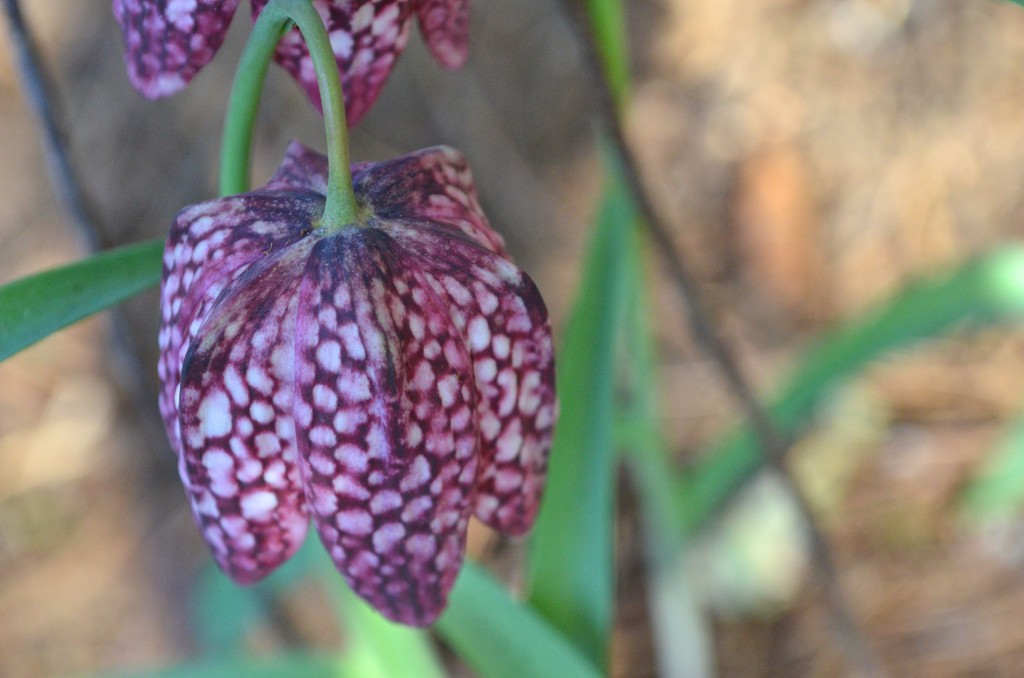 I love these — they’re so amazing looking. Wild but not local–they’re native to the west. Lily family. Last year I had the wrong latin name on this. Fritillaria comes from the latin fritillus which means dice-box (were they checkered?) and the name meleagris means “spotted like a guineafowl.” Vita Sackville-West: “a sinister little flower, in the mournful colour of decay.” Hm. That’s really not how I feel about them at all…
I love these — they’re so amazing looking. Wild but not local–they’re native to the west. Lily family. Last year I had the wrong latin name on this. Fritillaria comes from the latin fritillus which means dice-box (were they checkered?) and the name meleagris means “spotted like a guineafowl.” Vita Sackville-West: “a sinister little flower, in the mournful colour of decay.” Hm. That’s really not how I feel about them at all…

